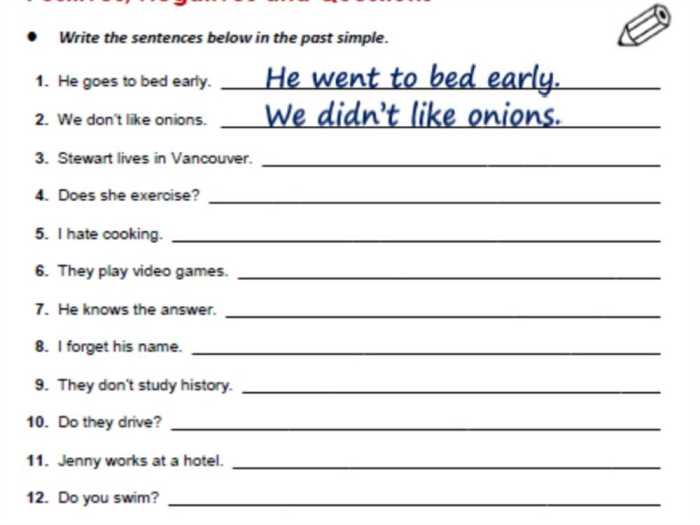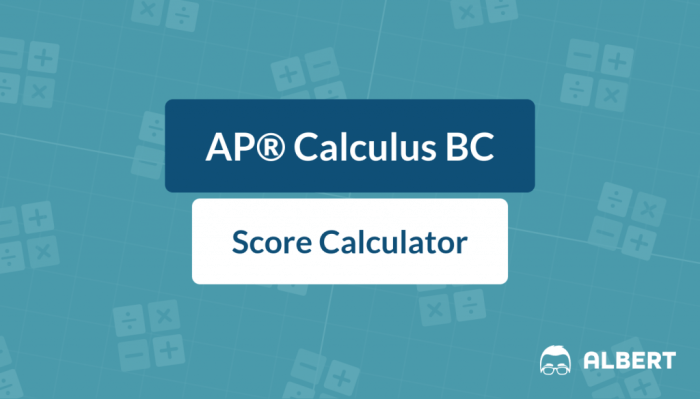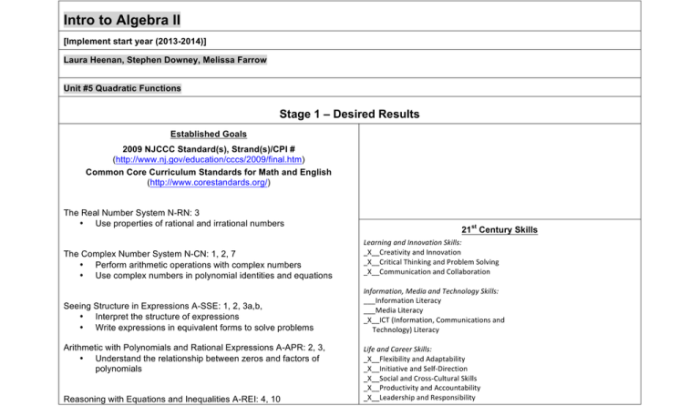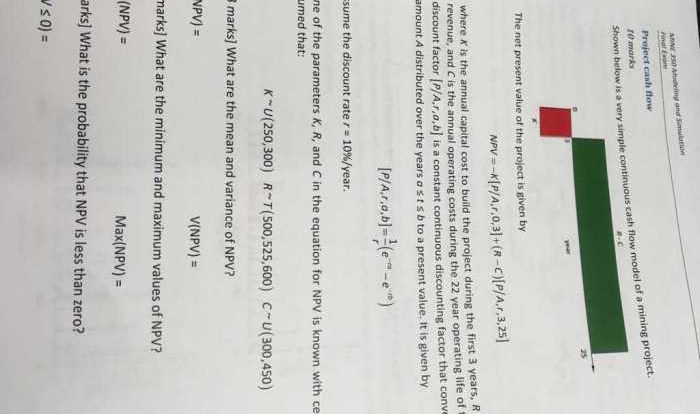Guided Practice Activities 4A-4 Answers provides a comprehensive overview of the content and structure of Guided Practice Activities 4A-4. This guide explains the educational objectives and learning outcomes associated with these activities, describing the methods and procedures used, including the materials required, the steps involved, and any variations or adaptations.
Furthermore, it provides concrete examples and illustrations to demonstrate the application of Guided Practice Activities 4A-4 in various settings, including specific scenarios, case studies, or student work samples to enhance understanding.
Guided Practice Activities 4A-4: Guided Practice Activities 4a-4 Answers
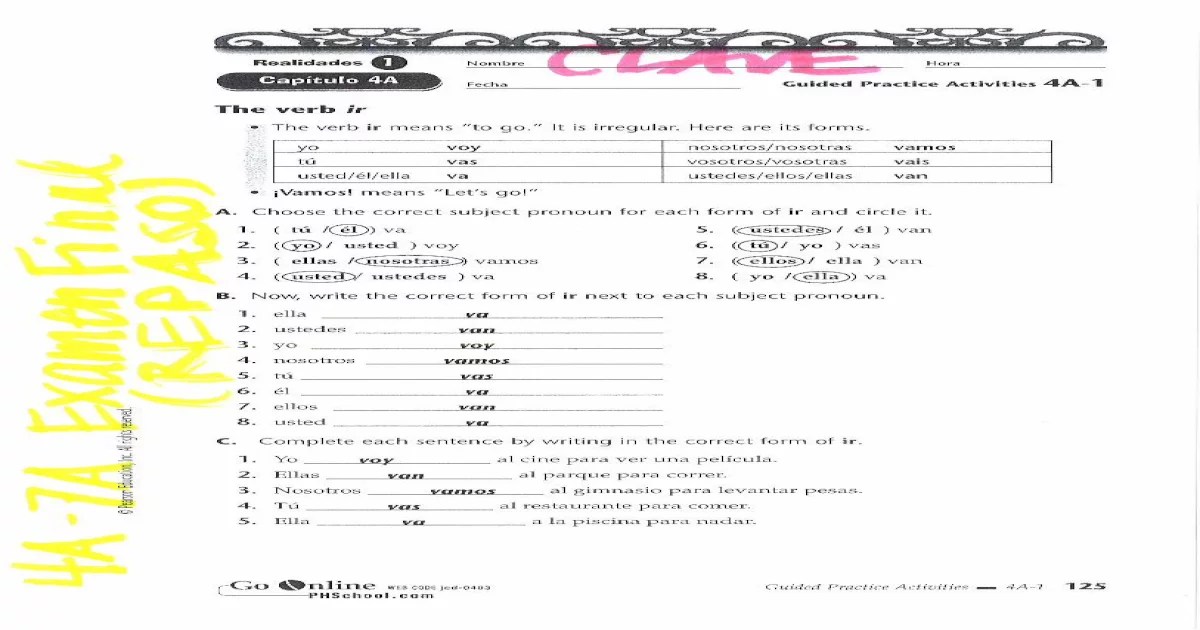
Guided Practice Activities 4A-4 provide students with structured opportunities to apply newly acquired knowledge and skills in a supportive and collaborative environment.
Methods and Procedures
Guided Practice Activities 4A-4 typically involve the following steps:
- Introduction:The teacher presents the learning objective and provides a brief overview of the activity.
- Guided Practice:Students work together in small groups or with the teacher to complete a series of tasks or problems related to the learning objective. The teacher provides guidance and support as needed.
- Independent Practice:Students independently complete similar tasks or problems to reinforce their understanding.
- Reflection:Students discuss their work with the group or teacher and identify areas for improvement.
Examples and Illustrations
Guided Practice Activities 4A-4 can be used in a variety of settings and for a wide range of learning objectives. For example:
- In a math class, students might work in small groups to solve a series of word problems related to the concept of fractions.
- In a science class, students might conduct a hands-on experiment to investigate the effects of different variables on plant growth.
- In a language arts class, students might work together to write a short story or create a presentation on a historical event.
Benefits and Impact, Guided practice activities 4a-4 answers
Guided Practice Activities 4A-4 have been shown to have a number of benefits for student learning, including:
- Improved understanding:Students who participate in guided practice activities have a deeper understanding of the material than those who do not.
- Increased engagement:Guided practice activities are engaging and motivating for students.
- Improved problem-solving skills:Guided practice activities help students develop their problem-solving skills.
- Increased confidence:Guided practice activities help students build their confidence in their ability to learn new material.
Assessment and Evaluation
Student progress in Guided Practice Activities 4A-4 can be assessed through a variety of methods, including:
- Observation:The teacher can observe students as they participate in the activity to assess their understanding and progress.
- Student work:The teacher can collect student work to assess their understanding and progress.
- Self-assessment:Students can self-assess their understanding and progress using a variety of tools, such as checklists or rubrics.
Question & Answer Hub
What are the benefits of using Guided Practice Activities 4A-4?
Guided Practice Activities 4A-4 provide several benefits, including improved student engagement, enhanced understanding of concepts, increased retention of information, and development of critical thinking skills.
How can I differentiate Guided Practice Activities 4A-4 to meet the needs of all learners?
Guided Practice Activities 4A-4 can be differentiated by varying the level of support provided, the complexity of the tasks, and the amount of time allotted for completion.
